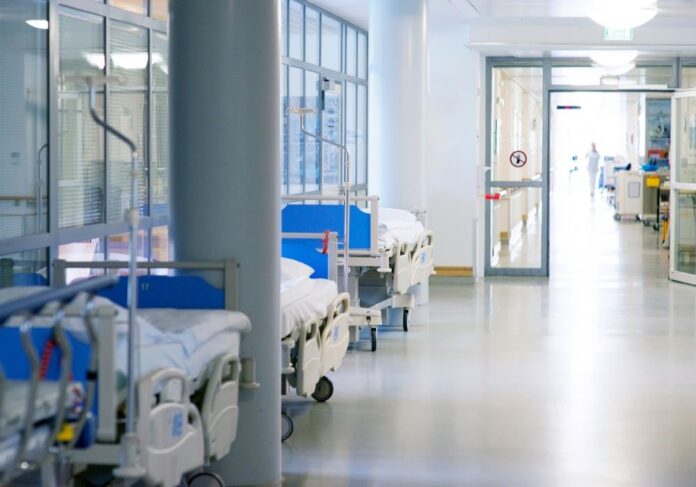If you need some suggestions on how to increase the overall safety of your behavioral health facility, we have some tips for you to try out.
While safety precautions are a concern in all medical facilities, they are especially important in behavioral health facilities. Some patients in behavioral health facilities could take actions that could injure other patients, staff members, or even themselves. That’s why finding ways to increase safety in behavioral health facilities is so crucial. In this article, we’ll review some of the better methods we think you should try.
Limit Patient-to-Patient Interactions
One of the best ways to help ensure everyone’s safety in these facilities is to limit patients’ interactions with other patients. Many incidents occur when two patients get into a fight or disagreement. Keeping these situations from occurring will help make conflict less frequent.
However, you don’t want to keep all patients away from each other. A lot of the time, human interaction can be helpful to individual development. That’s why you need to limit interaction on a case-by-case basis.
Remove Potential Sources of Weapons
Fortunately, most conflicts remain verbal. However, it might not stay that way if somebody can get their hands on a weapon. Most facilities are good about regulating what their patients have access to, but certain objects like chairs and tables can quickly turn into weapons in the right hands.
That’s why you need ligature-resistant furniture. There are many benefits to this type of furniture in mental health facilities, but the most crucial benefit is the fact that patients can’t easily break them. That means they won’t be able to use a piece of a chair or table as a weapon, especially if you bolt it to the ground.
Educate Your Staff in De-Escalation Methods
Even if you strictly follow these first two tips for increasing safety in your behavioral health facility, that doesn’t mean fights will never break out. Conflicts will arise, so you must make sure to train all your staff members in the best forms of de-escalation.
Knowing how to calm down an upset patient without having to restrain them will not only help at the moment but will also help prevent the same thing from happening again in the future. The patient will be more likely to learn from the incident instead of simply being punished for causing it.
Improve Your Patient Care
Finally, the best thing you can do to help patients be safer is to treat them. Everyone is here seeking help in some form or another, so it’s up to you and your staff to provide the guidance they’re looking for. Being understanding with your patients is vital during this time. Not everyone will be at the same stages, which means you need to be patient with them when treating them.
In the end, as long as you remember to follow these guidelines, you should run into fewer safety issues within your facility. Both your patients and staff will be appreciative of the changes you make.

